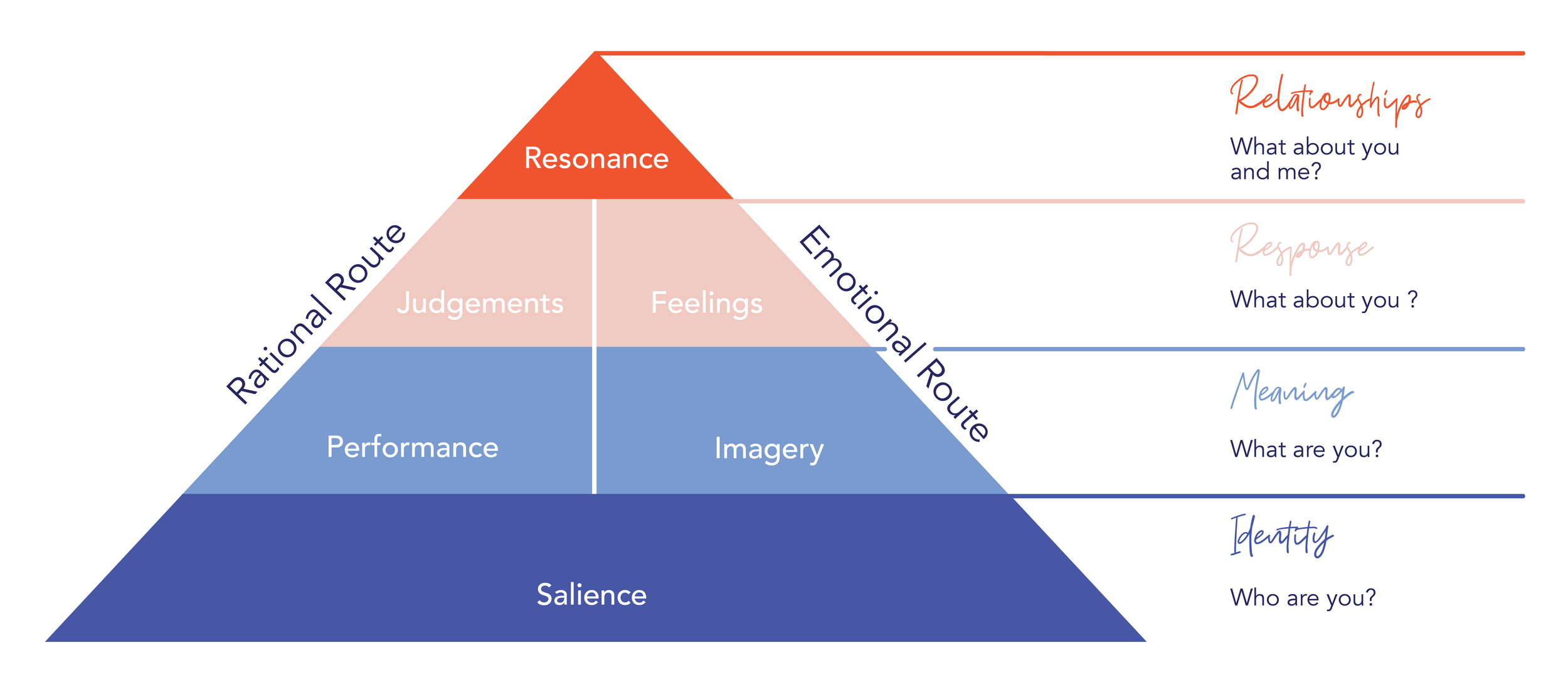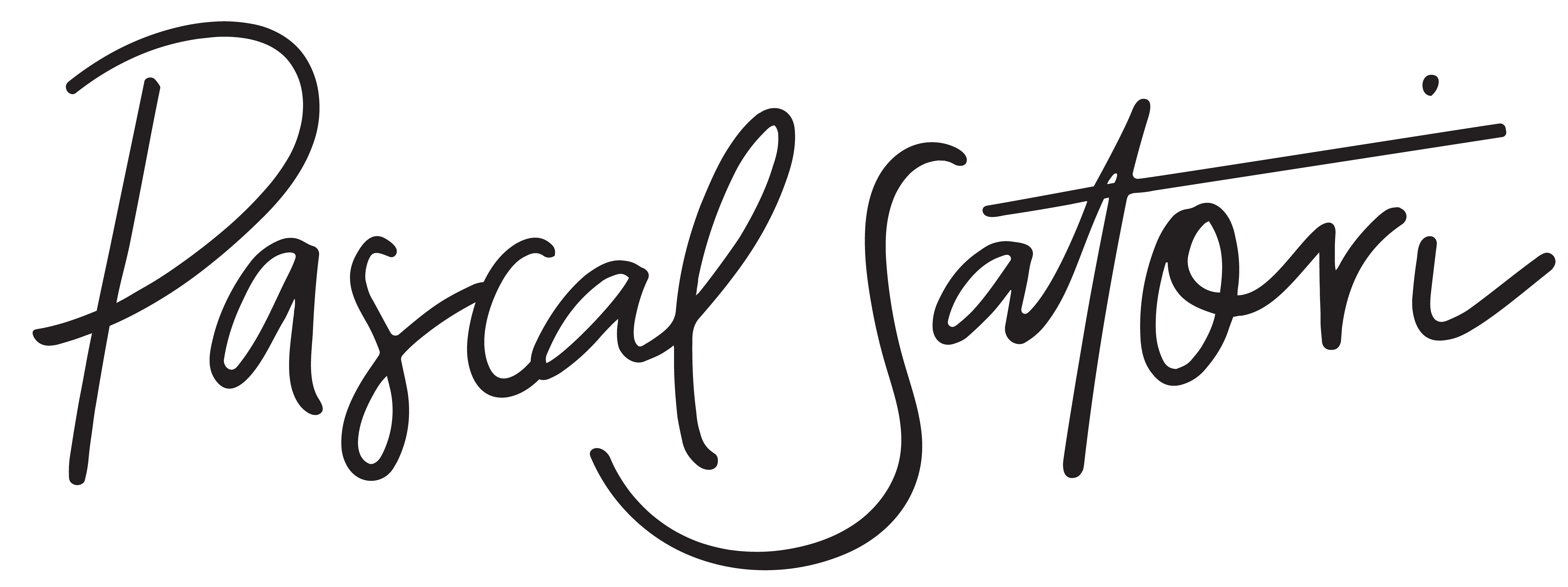Why do consumers return to the same brands over and again? Is it because they are the only one of its kind? Or is it because they have an affinity with the brand and what it stands for?
With an abundance of choice and competition today it would be rare for one brand to be the only option available, so in most cases, it’s typically the latter.
So what is it that makes customers choose one brand over another? Brand equity, or, the perceived value of a brand, is what can make you stand out from the crowd and capture a small, highly coveted place in hearts and minds of your customers. Often businesses overlook the importance of building and maintaining their brand equity, but it plays a major part in the long-term success and worth of your business and brand, so if this hasn’t been a priority, now’s the time to start paying attention.
So what is brand equity?
Brand equity is the perceived worth or value of a brand and is determined by the consumer’s perception of the brand, and their personal experiences with it. Simply put, if people think highly of a brand, it has positive brand equity; meaning increased business, greater value, and likelihood of longevity in the market. On the flip-side, if you’re disappointing your customers and they have unfavorable experiences with your brand, your brand equity can be negative and potentially damaging to your overall business performance.
It sounds pretty simple right? Create a little positive brand equity and you will be the top choice every time? While building equity in your brand is never a simple one-size-fits all approach, getting the fundamentals right and putting the best practices in place from the get-go, will go a long way in securing long-term, loyal customers.
Let’s look at a well known brand who is incomparable to their competitors in terms of positive brand equity; Apple. There’s a multitude of smart phones on the market that share extremely similar designs and capabilities to iPhones, at half the price. However, Apple still manage to claim a 54% mobile vendor market share in Australia. The consumer demand and ongoing appetite for something with such a premium price comes down to their brand value and loyalty. Apple have taken the time to really understand what their customers respond to and what makes them tick. They have used this in their favour to continuously evolve their products, lead the charge with new technology, and create unique brand experiences to engage their customers, earning their ongoing loyalty and trust.
Creating our brand equity destiny
Brand equity can be influenced by a range of factors that all revolve around constructing positive brand experiences, and understanding what your customers want. Keller’s brand equity model highlights four key areas all businesses should be guided by, and the questions you should ask yourself, in developing a well-rounded and successful brand identity. The best brands that create true emotional connection strike the right balance between the emotional triggers such as feelings and imagery, vs the rationale judgemental and performance based perceptions.
Ideally all of this, builds towards the ultimate marketing equity goal – brand resonance.

Brand meaning: What are you?
Identify and communicate what your brand stands for, what is its promise? What do you deliver? Its differentiators? Customers can’t relate to you if they don’t understand your mission or the reason your brand was created. Having a clear understanding of who you are as a brand from the outset goes a long way towards forming that emotional connection and bond with your customers.
Brand responses: What do customers think of you?
Or alternatively, ask yourself the question, what do I want customers to think of me? How do I want them to feel? What can I do to make them like me? How your customers respond to you is what starts to form the building blocks of strong, long-lasting brand equity.
Brand relationship: What is the level of connection?
This step sits at the top of the brand equity model because, like most relationships, true connection can be difficult to find! Brand resonance is achieved when your customers feel a deep connection and loyalty to your brand. This strong connection can be achieved by brands who favour authenticity, originality and customer focused engagement. Want to know how to show authenticity in your communications? We’ve covered it here.
Why should we care so much about brand equity?
It gives you the winning edge.
Why should your customer buy your product or service over a competitor? Don’t wait for them to find out for themselves, tell them why! Differentiate your brand and its offering from others in the market and position yourself as a leader in your field. If you’re unique, authentic and consistently deliver on what you offer, customers are more likely to show an interest and preference towards you. This builds positive brand equity, and customers are willing to pay a premium price to be part of your brand, whether it be through owning a product or experiencing a service. Over time this builds brand loyalty, which is something competitors will have difficulty replicating or taking away from you.
Creating customers for life
Speaking of brand loyalty, once you establish a trusted reputation, and continue to follow through on your brand promises, you’ll secure a loyal customer base that, luckily for you, is not easily transferable. Customers have been known to stick with one brand for their whole lives thanks to ongoing positive experiences and consistency. With deep-rooted connections and support like this, we say good luck to any competitors who try to poach your customers!
Bring in the big bucks!
Once your customers consider your brand as having high perceived value and importance in their lives, their likelihood of paying a premium for your brand over competitors increases.
Think about the growing Ath-leisure wear category. This space is jam-packed with new brands, many of them with similar product ranges and price points. Brands like Lululemon have stood out in this space while commanding a premium price point. By positioning themselves as a full lifestyle experience they have tapped into their customers’ needs by providing high quality apparel (of course) but added value options that make their customers feel part of a lifestyle and community. Offering mindfulness and mentoring programs, a social community of like minded wellness seekers, opportunities to join fitness programs or yoga retreats and other perks, are methods employed by Lululemon to uniquely engage their customers and still continue to build their brand equity in the face of stiff competition.
Once your customers have this type of affinity with your brand, they can begin to see it as an extension of their life that makes them feel a certain way. It’s this type of brand connection that builds loyalty, and your customers will be more inclined to stick with you despite having the option of cheaper alternatives. Say hello to those high-profit margins!
Position yourself for growth
Once you’ve locked down your differentiators, value and loyalty, you’ll be better positioned to expand and enter new markets with ease. While other less established brands would give anything to extend their brand reach into new territories, you’ll already have a positive reputation and loyal following on your side. Ultimately this means less risk in testing new waters and what business wouldn’t want that?
Measuring brand equity
Brand equity can be measured in a range of ways, with the resulting quantitative and qualitative data allowing you to analyse and gain insight into your overall business performance and operations, guiding you on your journey to create positive Brand Equity.
Quantitative data
Financial data is the easiest information to access for equity measurement. The number of sales, revenue, your net worth, market position and product value are all worth analysing to judge the effectiveness of your brands efforts. Comparing this over time and monitoring trends or fluctuations will help you determine what has worked and what hasn’t.
Qualitative data
Brand equity is all about the way you’re perceived by your customers, so while it may be harder to gather qualitative data, this is a crucial step in deciphering the effectiveness of your efforts. Data based on customer satisfaction, brand recognition, and emotional connection can all be collected through means such as surveys, testimonials, reviews and interviews and used to inform future strategies and plans.
Strong brand equity lays the foundation for a business to thrive, allowing it to grow with its customer base. With customer support, strong differentiators and true brand direction and authenticity, there is nothing stopping you from building a successful brand and business that will stand the test of time and stay relevant to consumers in the face of competition. If you’re looking to build stronger brand equity but don’t know where to begin, get in contact with the Pascal Satori team. Let our expertise and imagination lead your brand building journey as we construct practical and strategic solutions for businesses to thrive in all industries.




